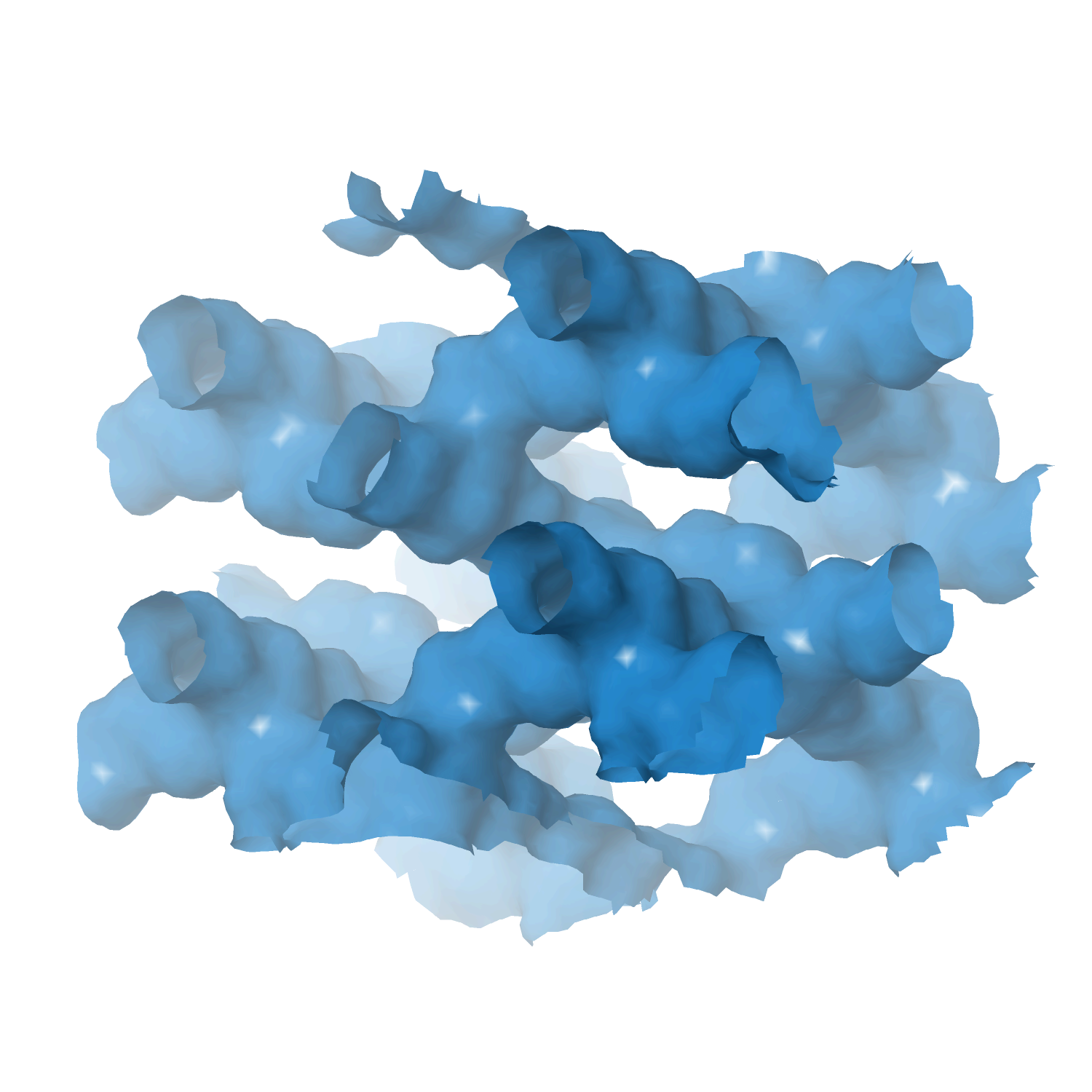Heterogeneous catalyst engineering ⇒ from stable and deactivation resistant to viable technical catalyst
Advances in heterogeneous catalyst “structure” are driven to improve their “function” or performance, i.e., activity, selectivity, and stability. Cooperative research is required to understand the structure and function relationships: developing new synthesis protocols for heterogeneous catalysts with unique surface properties, defined porosity, identification and understanding of catalytically active sites, reaction mechanisms, and finally, prediction and analysis of the processes using various computational tools.
Our group focuses on developing new catalyst formulations using innovative synthesis routes for various important heterogeneous catalysts. That includes thermal, electro, and bio-electro catalysis.
The active phase cannot be used directly in its final application or reactor for various reasons, including poor mechanical resistance, heat or mass transport, and fluidization features. We must mix the active phase with other ingredients in a matrix of binder and filler, while we shape it into a technical catalyst. We investigate new synthetic protocols for technical catalysis using spray drying and fluidized beds to cover the whole range of sizes. At the same time, we incorporate additional (unconventional) ingredients such as SiC to improve some features even further.
- Technical catalyst I ⇒ spray drying and extrusion
- Technical catalyst II ⇒ spray fluidized bed reactor
- Technical catalyst III ⇒ electrospinning
- Zeolite catalysts ⇒ with defined structure/porosity
- Multi-metal (high entropy) alloy catalysts
- MXene catalysts ⇒ single and multi-dimensional
- Perovskite catalysts
- Metal-organic framework (MOFs) catalysts
- Supported metal/metal-oxide catalysts
- Aerogel catalyst
Leaching in Specific Facets of ZIF-67 and ZIF-L Zeolitic Imidazolate Frameworks During the CO2 Cycloaddition with Epichlorohydrin
by
Delgado-Marín, Rendón-Patiño, Velisoju, Kumar, Zambrano, Rueping, Gascon, Castaño, Narciso, Ramos-Fernandez
Chem. Mater.
Year:
2023
DOI:
https://doi.org/10.1021/acs.chemmater.2c03374
Abstract
Zeolitic imidazolate frameworks (ZIFs) have been profusely used as catalysts for inserting CO2 into organic epoxides (i.e., epichlorohydrin) through cycloaddition. Here, we demonstrate that these materials suffer from irreversible degradation by leaching. To prove this, we performed the reactions and analyzed the final reaction mixtures by elemental analysis and the resulting materials by different microscopies. We found that the difference in catalytic activity between three ZIF-67 and one ZIF-L catalysts was related to the rate at which the materials degraded. Particularly, the {100} facet leaches faster than the others, regardless of the material used. The catalytic activity strongly depended on the amount of leached elements in the liquid phase since these species are extremely active. Our work points to the instability of these materials under relevant reaction conditions and the necessity of additional treatments to improve their stability.
Keywords
CO2
HCE
